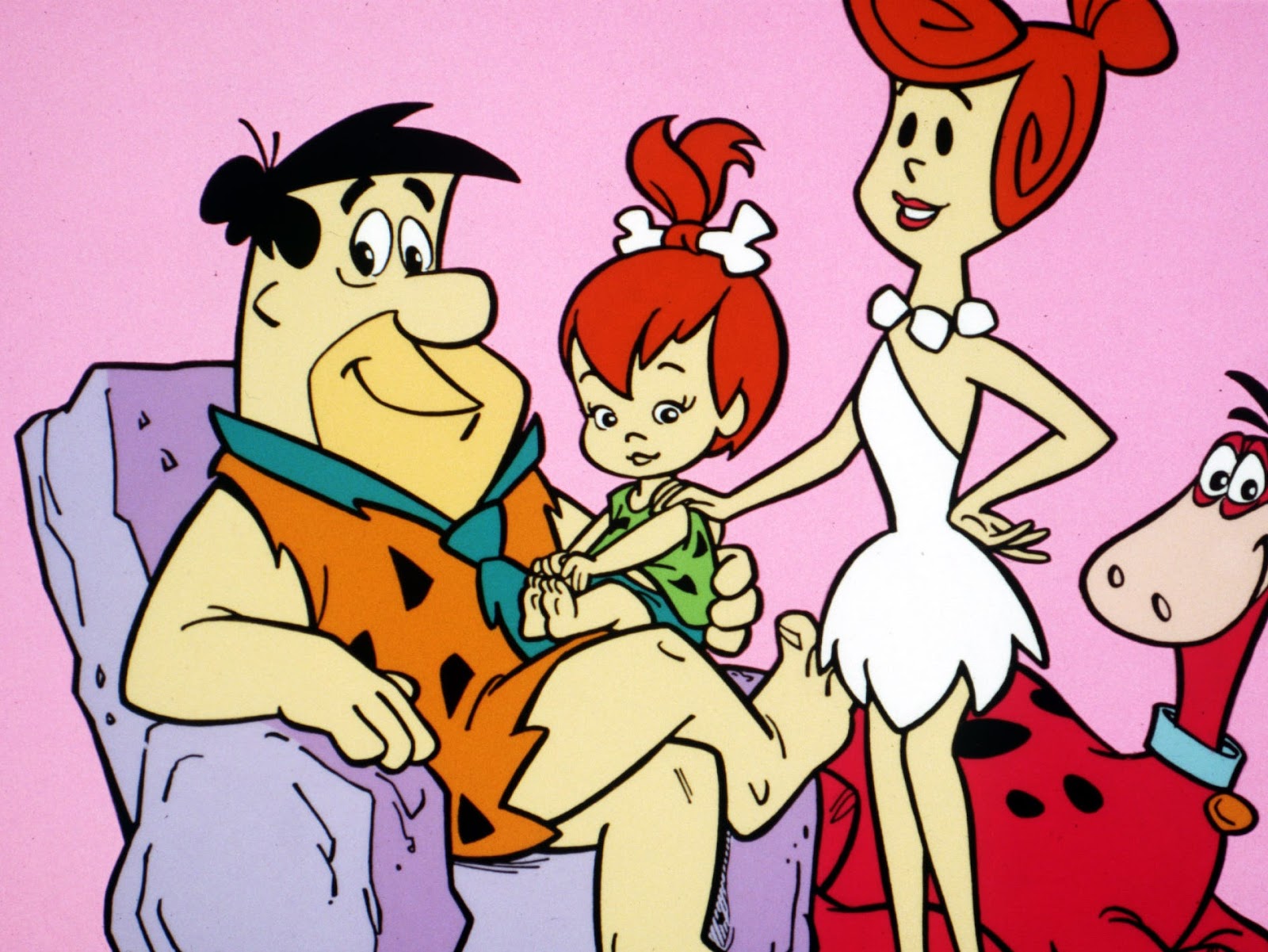From Saturday morning cartoons to late-night adult animation blocks, animated shows have carved out a significant niche in the entertainment industry. However, amidst this diverse array of programming, one milestone stands out: the debut of the first animated sitcom to air during primetime.
Beyond its initial success, “The Flintstones” carved out a lasting legacy that continues to shape the landscape of animation and popular culture. From pioneering the genre of animated sitcoms to influencing subsequent shows and leaving an indelible mark on society, the impact of “The Flintstones” is far-reaching and enduring.
The Genesis of Primetime Animation
Primetime animation didn’t just appear overnight. It evolved through years of innovation and experimentation, eventually leading to the groundbreaking debut of animated sitcoms in prime viewing slots. Let’s take a journey through the genesis of primetime animation and uncover the key milestones that paved the way for this transformative genre.
- Early Animated Ventures. Animation has always been a staple of television programming, but it wasn’t until the mid-20th century that it began to make its mark in primetime. Early animated shows like “The Flintstones” (1960) introduced audiences to the concept of animated sitcoms, albeit in a daytime slot. These pioneers laid the groundwork for what was to come;
- Shifting Perceptions. As the years passed, perceptions of animation began to shift. What was once seen as solely children’s entertainment gradually gained recognition as a legitimate form of storytelling for all ages. Shows like “The Simpsons” (1989) played a crucial role in this shift, demonstrating the potential for animated series to tackle mature themes and appeal to broader audiences;
- Breaking Barriers. The breakthrough moment for primetime animation came with the debut of [Insert Name of the First Animated Sitcom]. Premiering in [Insert Year] on [Insert Network], this groundbreaking show shattered barriers and challenged conventions. Its success proved that animated sitcoms could thrive in the competitive landscape of primetime television;
- Expansion and Diversification. Following the success of the first animated sitcom, the floodgates opened for a wave of new animated programming in primetime. From family-friendly comedies to irreverent adult cartoons, the genre diversified to cater to a wide range of tastes and preferences. Shows like “Family Guy,” “South Park,” and “Bob’s Burgers” further solidified the presence of animation in primetime slots;
- Cultural Impact. The cultural impact of primetime animation cannot be overstated. These shows have not only entertained audiences but also served as vehicles for social commentary, satire, and cultural critique. They’ve become touchstones of popular culture, influencing everything from fashion and language to political discourse.
In conclusion, the genesis of primetime animation represents a transformative period in the history of television. What began as a modest experiment has blossomed into a thriving genre that continues to push boundaries and captivate audiences worldwide. As we look to the future, one thing is clear: the legacy of primetime animation is here to stay.
What was the first primetime animated sitcom?
The first primetime animated sitcom is widely considered to be “The Flintstones.” Created by William Hanna and Joseph Barbera, “The Flintstones” premiered on September 30, 1960, on the ABC network. Set in the prehistoric town of Bedrock, the show followed the lives of the Flintstone family and their neighbors, the Rubbles, blending Stone Age settings with modern-day themes and humor. “The Flintstones” broke new ground by bringing animated comedy to a prime viewing slot and paved the way for future animated sitcoms.
Exploring the Impact “The Flintstones”
“The Flintstones” had a significant impact on both television and popular culture. Here are some key ways in which the show left its mark:
- Pioneering Prime-Time Animation: As the first animated sitcom to air in prime-time, “The Flintstones” paved the way for future animated programming aimed at adult audiences. It demonstrated that animation could be successful outside of the traditional Saturday morning cartoon slot;
- Cultural Iconography: The Flintstones themselves became iconic characters, instantly recognizable in popular culture. Their catchphrases, such as Fred Flintstone’s “Yabba Dabba Doo!” and the show’s theme song, are still widely known today;
- Influence on Subsequent Shows: “The Flintstones” inspired numerous animated sitcoms that followed, such as “The Jetsons,” “The Simpsons,” and “Family Guy.” Its success encouraged networks to experiment with animated programming for adult audiences;
- Cross-Media Franchise: The popularity of “The Flintstones” extended beyond television into other forms of media, including comic books, merchandise, and even feature films. The characters and setting became ingrained in popular culture and continue to be referenced and parodied in various contexts;
- Social Commentary: While “The Flintstones” was a lighthearted comedy, it often incorporated social commentary and satire, addressing contemporary issues in a humorous way. This blending of entertainment with social commentary set a precedent for animated shows that followed;
- Longevity and Enduring Appeal: Despite airing for only six seasons, “The Flintstones” has remained popular through syndication and reruns. Its timeless humor and relatable characters continue to resonate with audiences of all ages.
Overall, “The Flintstones” not only revolutionized the animation industry but also became a cultural phenomenon that continues to be celebrated and appreciated decades after its original airing.
Legacy and Influence “The Flintstones”
The legacy and influence of “The Flintstones” are profound, reaching far beyond its original airing. Here’s a deeper dive into its impact:
- Pioneering Prime-Time Animation: As mentioned, “The Flintstones” broke new ground by becoming the first animated sitcom to air in prime-time. This achievement opened the door for other animated shows aimed at adult audiences, demonstrating that animation could be a viable format for television beyond children’s programming;
- Format and Structure: “The Flintstones” established many conventions of the animated sitcom genre, including the portrayal of a relatable family unit dealing with everyday situations and humor derived from character interactions and misunderstandings. This format has been emulated by countless animated shows that followed;
- Cultural Iconography: The characters and catchphrases from “The Flintstones” have become ingrained in popular culture. Fred Flintstone’s exclamation “Yabba Dabba Doo!” and the theme song are instantly recognizable, even to those who have never seen the show. The Flintstones themselves are iconic figures, often referenced and parodied in various media;
- Influence on Animation: “The Flintstones” influenced the animation industry by demonstrating the storytelling potential of the medium. It encouraged animators to explore more sophisticated narratives and humor, leading to the development of animated shows with broader appeal and deeper themes;
- Spin-Offs and Adaptations: The success of “The Flintstones” led to spin-offs, specials, and feature films featuring the characters. While some of these adaptations varied in quality, they kept the franchise in the public consciousness and introduced the characters to new generations of viewers;
- Satirical and Social Commentary: Although primarily a comedy, “The Flintstones” often incorporated social commentary and satire into its episodes. By tackling contemporary issues in a humorous way, the show engaged audiences on a deeper level and demonstrated the potential for animation to address relevant societal themes;
- Longevity and Syndication: Despite airing for only six seasons, “The Flintstones” has enjoyed enduring popularity through syndication and reruns. Its timeless humor and universal themes continue to resonate with audiences of all ages, ensuring its place in television history.
Overall, “The Flintstones” not only revolutionized animation but also made a lasting impact on popular culture, inspiring generations of creators and viewers alike. Its legacy as a groundbreaking and influential series remains strong to this day.
Conclusion
The legacy and influence of “The Flintstones” extend far beyond its six-season run. As the first animated sitcom to air in prime-time, it laid the foundation for a new era of animated programming aimed at adult audiences. Its cultural impact is evident in the enduring popularity of the Flintstone family, whose timeless humor and relatable antics continue to entertain generations of viewers.
Moreover, “The Flintstones” inspired countless creators, shaping the landscape of television animation and paving the way for future innovations in the medium. With its unique blend of comedy, social commentary, and heart, “The Flintstones” remains a beloved classic, reminding us of the power of animation to capture the imagination and unite audiences across generations.



